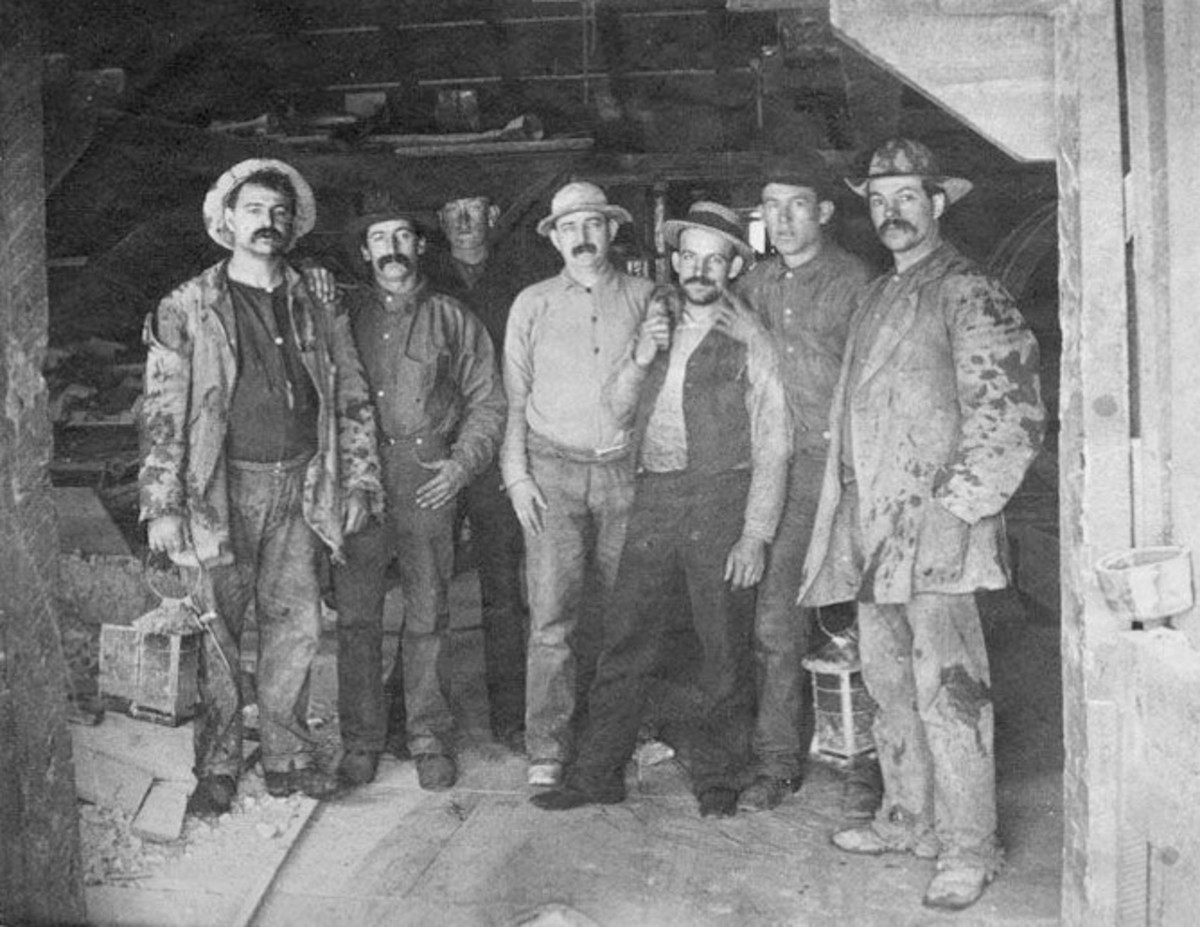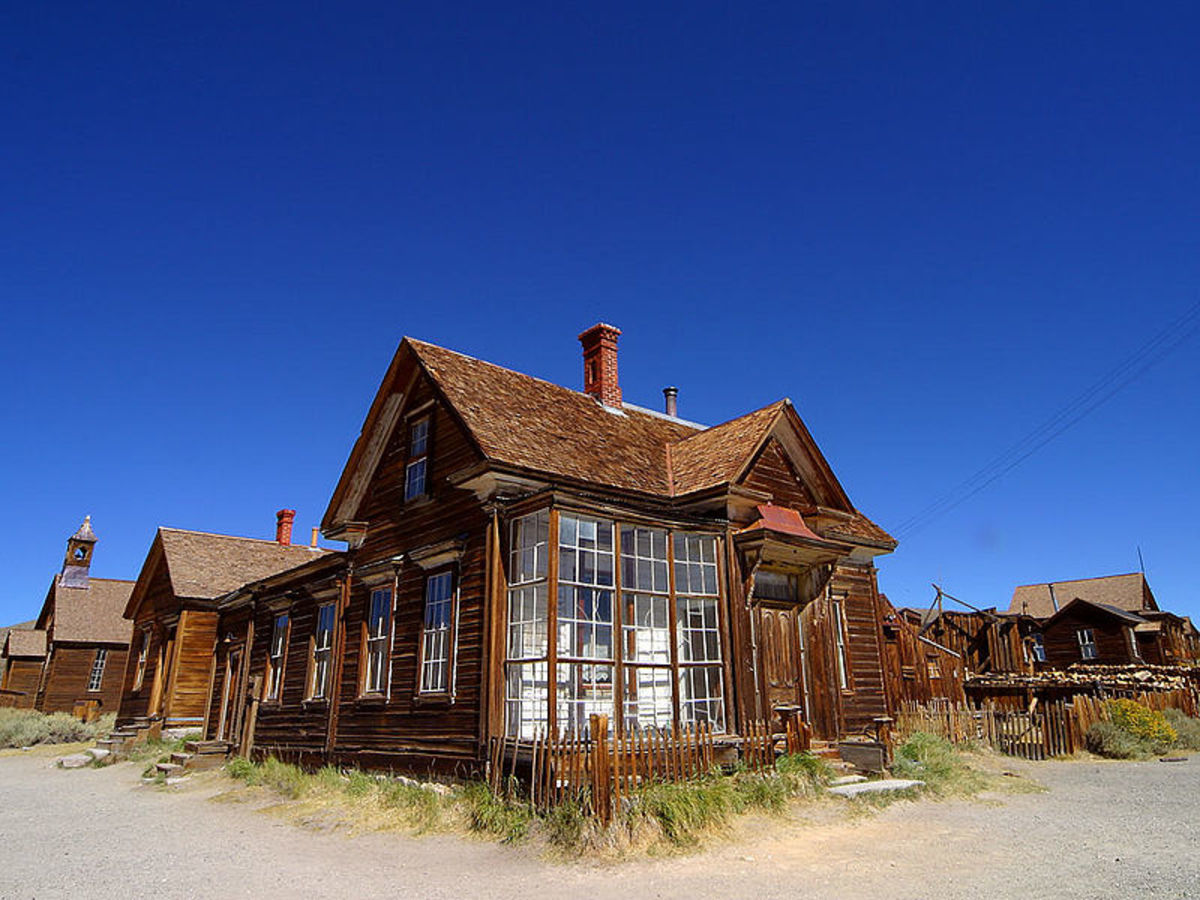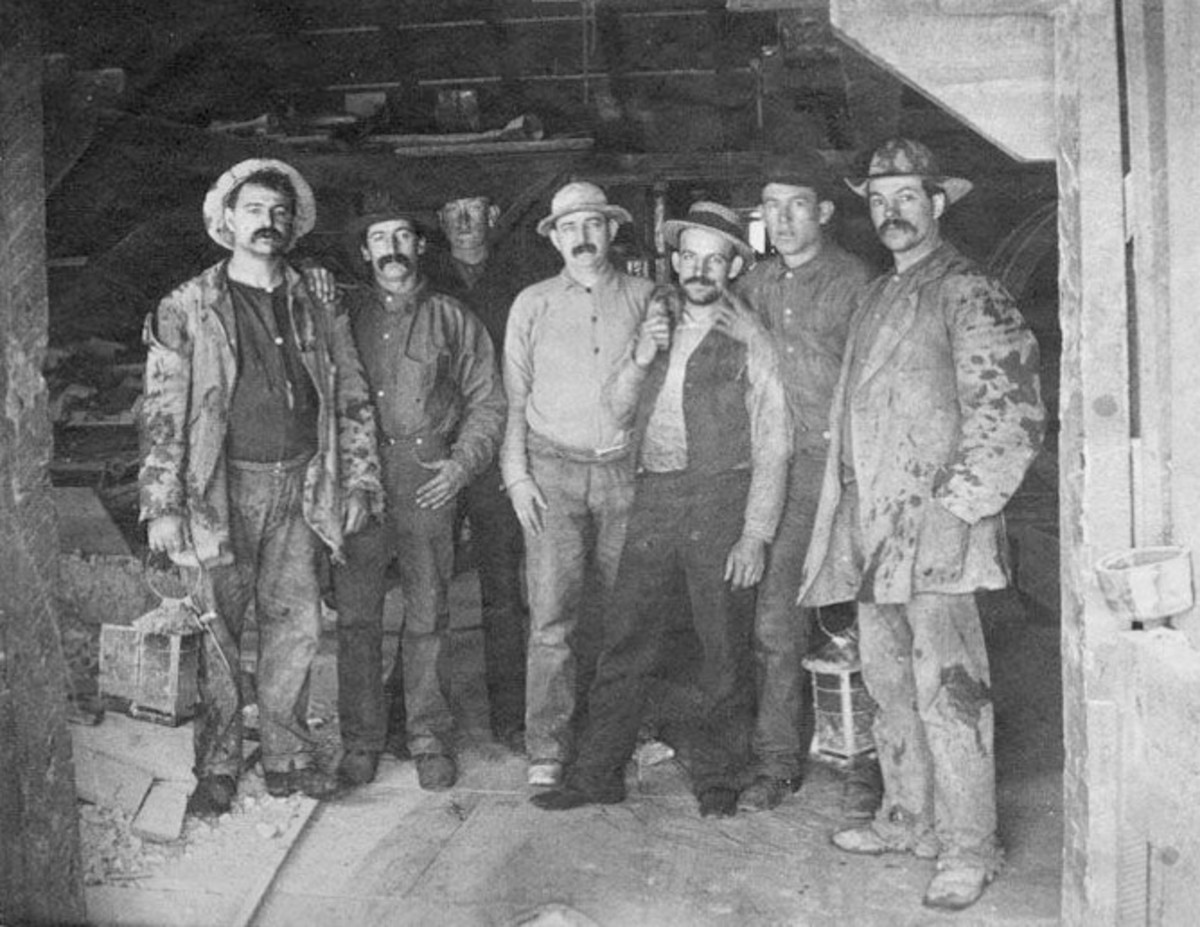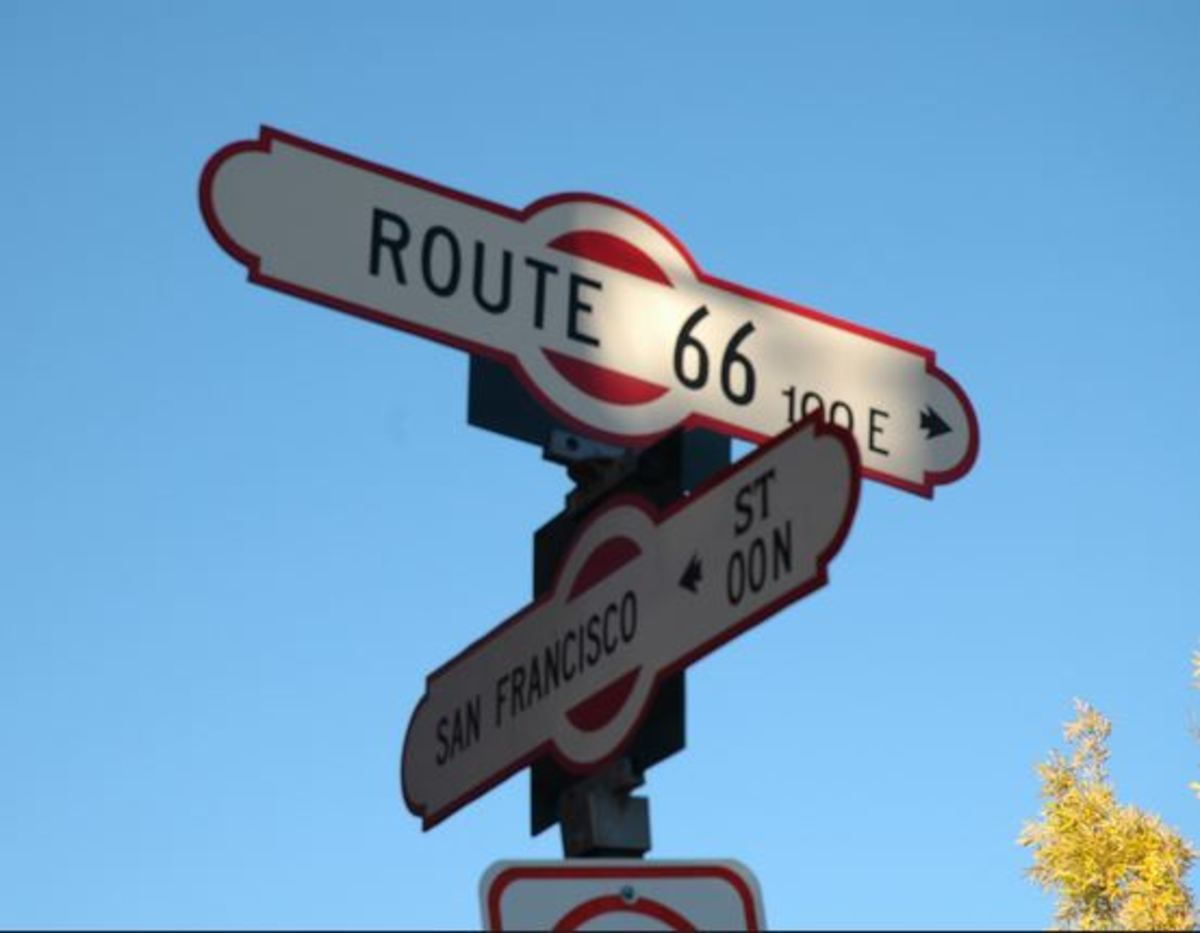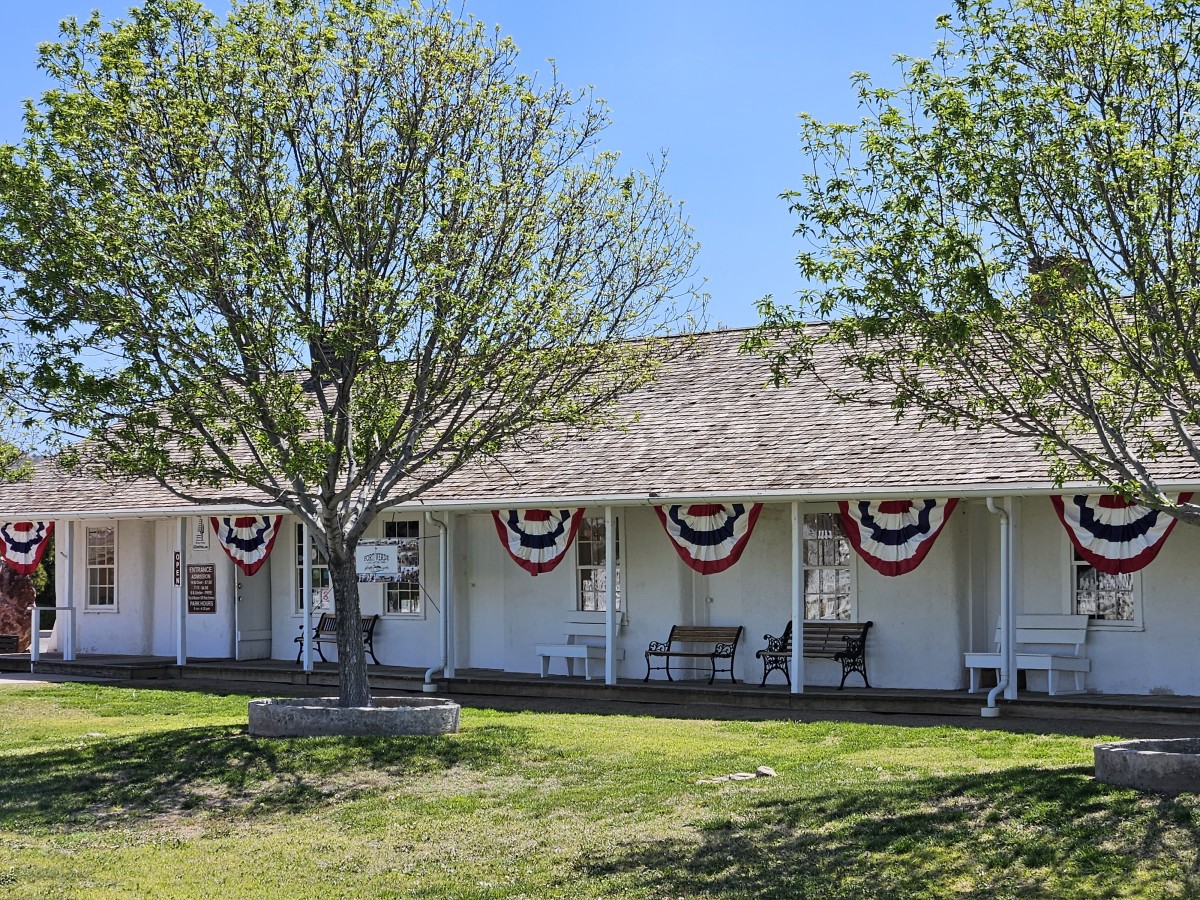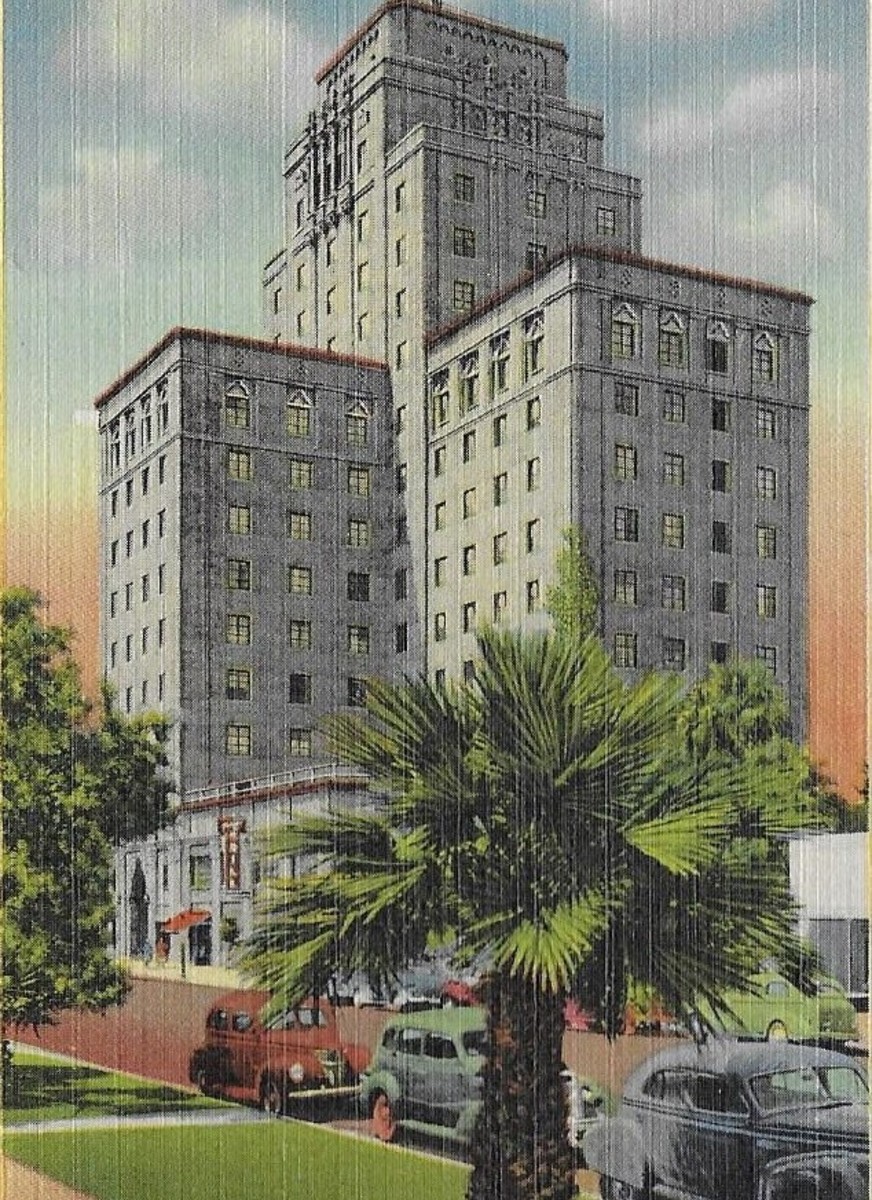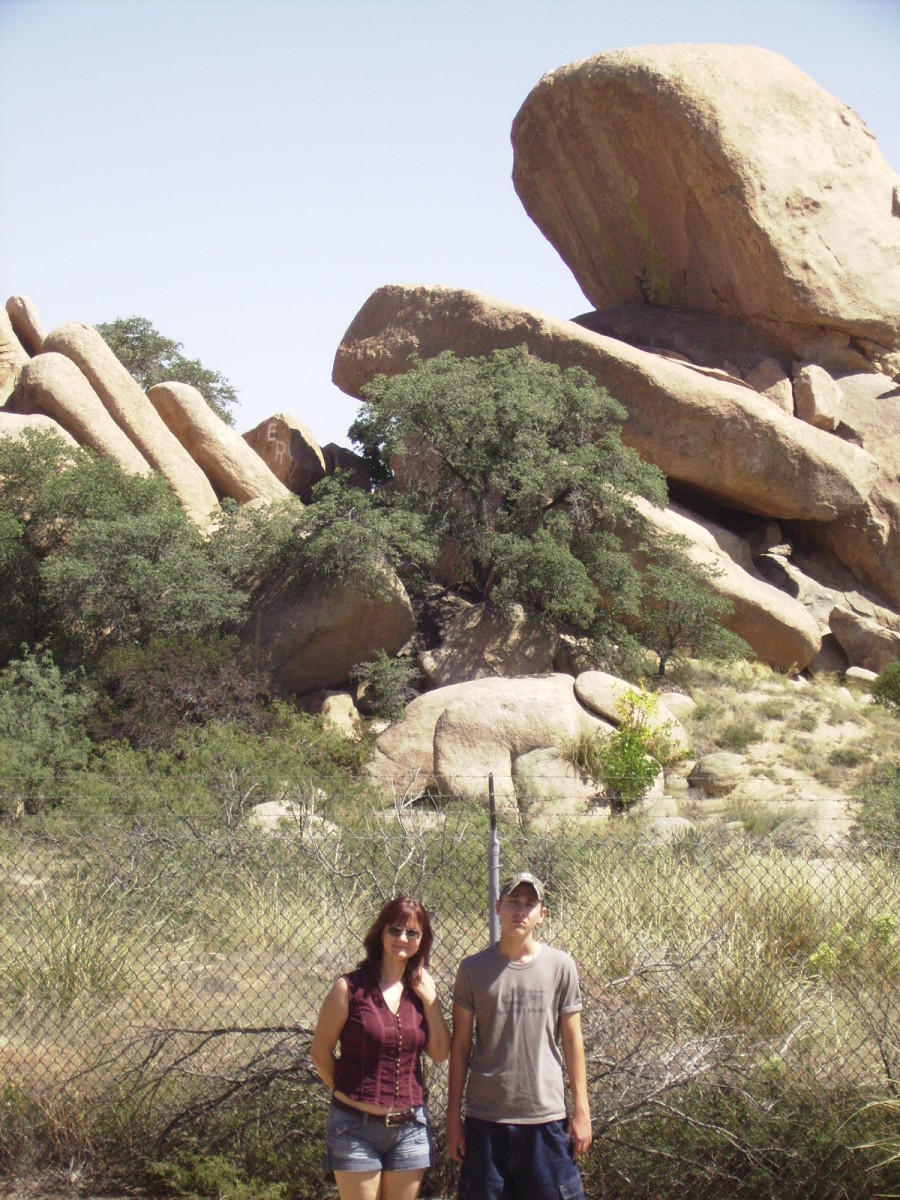- HubPages»
- Travel and Places»
- Visiting North America»
- United States
Books About Arizona Ghost Towns
My Favorite Pick For Most Helpful Books About Arizona Ghost Towns
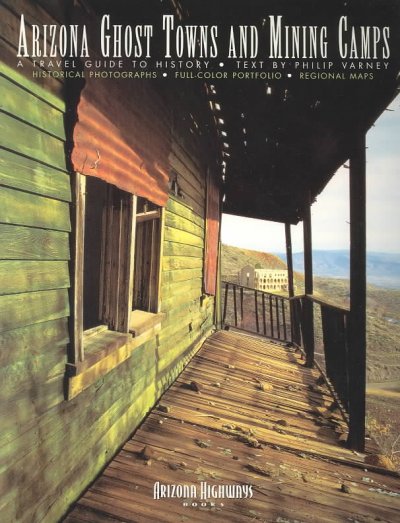
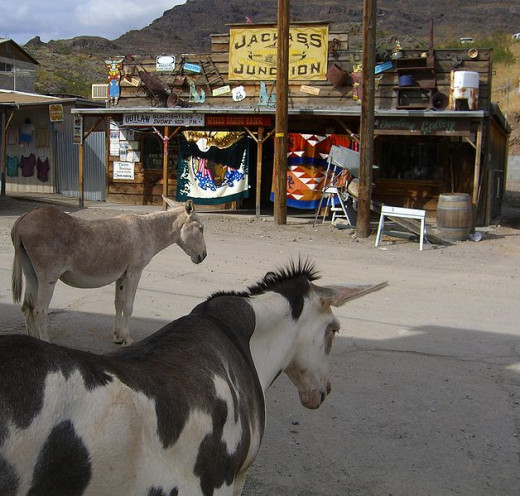
A Look At The Neat Ghost Town Of Oatman, Arizona ~ Burros Wander The Streets Amid Gunfights
Two Of The Best Books I've Found For Information About Ghost Towns Of Arizona
I have always had a fascination for anything to do with the Old West in the United States, and I guess moving to Nevada a little over two years ago has piqued my interest even more in the stories and history of the American west, including its old ghost towns. Many of these fascinating little towns are located in Arizona. I've recently found a couple of very good books for anyone interested in visiting Arizona ghost towns, and for anyone who would like more information on them.
I think the most interesting and helpful book I've found has to be a book released in April of 2005, called "Arizona Ghost Towns And Mining Camps ~ A travel guide to history." Written by Philip Varney. This fascinating guide book reads almost like a tour book.
It includes short descriptions and histories of each town, along with helpful maps and pictures. These things together make this book a delight to use for anyone serious about visiting these towns in Arizona. And I think that group may include us next summer, if I can get my husband to agree to it! Or maybe he is too chicken...
At any rate, this book is so helpful and clearly written. One thing that impressed me is that it even includes information on whether you will need a high-clearance vehicle or a four-wheel drive vehicle to get to each town. Not all books are that precise, nor do they include that much helpful information. This one does.
The book is helpfully divided into sections of Arizona, so one could figure out all of the towns they want to stop in and visit in each section. That saves so much time while driving, I'm thinking this would be a wonderful book to have on the seat next to you while you're driving. Every section includes the main site, or the top rated ghost town to see, and then has anywhere from two to six other towns that might be of interest in the same area.
There are quite a few ghost towns featured in this book. I would think it would take quite a while to visit them all. This book definitely saves time by helping you to prioritize and decide which ones you "must see" and others that are simply of interest if you find that you have the time to visit. The book has eight separate sections to it, and most of the sections are located in the southern part of Arizona.
Because the desert climate is so extremely dry, these towns tend to stay very well preserved. There isn't much of a chance for weather to really affect them or to age them as quickly. Other helpful information included in this book is whether or not the ghost town is located on private property. This lets you know so you don't try to visit the town, just to be turned away by signs. I would think that the helpful and time saving tips in this book are well worth the book's cover price.
One story that I found interesting was about a town called Sunnyside. It is located 32 miles south of the town of Sonoita, and about 20 miles east of Lochiel. This town was very unusual for an old western mining town. There were no bars, not a single brothel and there was no need for a jail. The town was actually a religious community that featured a one room schoolhouse, which was still standing when the photo of it was taken for the book. A few months after the photo was taken for this book, the schoolhouse collapsed. The author was not sure if it collapsed from its own weight and weather, or if it was the work of vandals. He seemed to be sad that the building was gone.
He had made many visits to Sunnyside and seemed to really enjoy the town. The founder of the town, Samuel Donnelly was a former alcoholic who later in life became a preacher for the Salvation Army. The concept of the town was one based on brotherhood and religious fellowship. Needless to say, this was very unusual for an old west town back in the late 1800's and early 1900's. Families in the town had separate residences, but there was a communal building where everyone would eat together and talk over the days events. Everyone in the town contributed something to benefit all its citizens, according to whatever talent they possessed.
Those who could teach became teachers. Those who were physically strong worked in the mines and so forth. Everyone contributed and it was this special community spirit and feeling of fellowship that made this little town so unique and so different from other towns of its time. The last residents of Sunnyside passed away in the 1980's. Today, the town is located on private property with no trespassing signs. I thought it was one of the more colorful and interesting stories in this book.
Most western towns you hear about or see in movies are very colorful and lawless places full of drinking, saloons, fights, and any other kind of sin imaginable. Come to think of it, it reminds me of someplace... vaguely familiar... I mean, I am living in Las Vegas right now. Nah, at least there are laws here ~ I'm pretty sure there are anyway.
The photos in this book are high quality and were contributed to the book by various Arizona Highways photographers. They are very helpful to illustrate the towns that are being featured. Towns like Oatman, Bisbee and Vulture are included along with Jerome, Clifton and Swansea. I wrote another hub earlier about the quaint historic town of Oatman.
This town has some interesting part-time residents, wild burros that make their way down from the mountains every morning and roam the streets. While the burros are in town, well meaning visitors to Oatman give them food like carrots that keep them coming back every day for more. In the summer time, there are even live gunfights that are acted out on the streets of Oatman by actors, adding an extra element of fun to a town already full of character.

Ghost Towns Of The Southwest
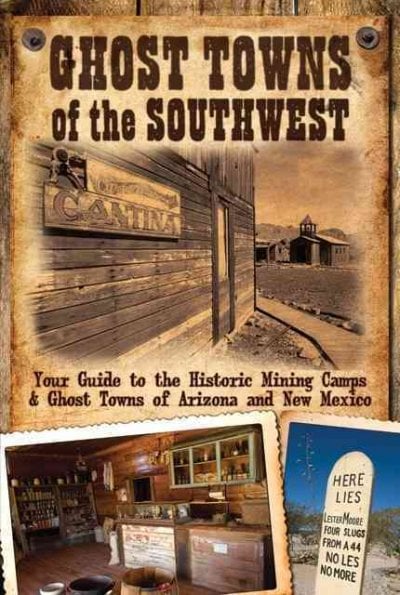
Another Good Book For Lovers Of Ghost Towns And All Things Western...
My other favorite book that I've found to be a great source for information about Arizona ghost towns is called "Ghost Towns of the Southwest" by James Hinckley. This book also includes ghost towns of New Mexico and is well written with colorful descriptions that are interesting to read.
The photos in this book are the photography work of a man named Kerrick James. Not only are there amazing photographs taken by him in this book, his photography work has also been featured in National Geographic Adventurer and in Arizona Highways magazines. The scenery is beautiful and you can almost feel the desolation of some of these old ghost towns. For a photographer to be able to make you feel such emotions, they must be very skilled at their craft.
Kerrick James teaches photography classes in Arizona today. I think what sets these two books apart are the photographs of this book. Some of the black and white photos are similar to those most people see in school textbooks. But the dynamic color photography of Kerrick James really sets this book apart in a unique way.
I think I probably enjoyed the written text of the first book I reviewed, the book called "Arizona Ghost Towns And Mining Camps" by Philip Varney. The only color photographs in this book are in the middle of the book and they appear for about 20 pages. All of the other photos are either black and white or in sepia tone that makes the photos look very antiquated.
In "Ghost Towns Of The Southwest," the photos are overwhelmingly high quality color photos throughout the book which for me made the book even more interesting. There are very few photos in Ghost Towns Of The Southwest that are either black and white or sepia.
One interesting town covered in Ghost Towns Of The Southwest is the town of Hackberry. The town got its name from a Hackberry tree near the entrance to the town. This town seemed to have a history of going in and out of prosperity depending on what was going on at the time. When gold was being mined there, there was prosperity. Route 66 goes through the town, but when Route 66 was bypassed by the new and modern Interstate 40, the town once again went down to a population of just a few local families that were ranchers.
When Route 66 gained popularity again, fans of the famous Route 66 once again began to stop into the town and visit places like the town's General Store. Today, there is a strip mining operation operating there that has given some life back to the town again. The pictures of this town are what I found to be fascinating, especially one of the very quaint, and dare I say "cute" Post Office. Well, it IS a "cute" little building! The pictures are what attracted me to want to learn more about this little town.
The American West is all about the colorful and storied history told and re-told in the fascinating and sometimes famous Wild West tales handed down through generations and kept alive through these old ghost towns. It is really important to remember that when you visit these towns that many of these little towns are in a tenuous state of trying to stay somewhat preserved for future generations. Many of the buildings, what is left of them, are in a delicate condition and can be easily damaged.
It is so important to remember that the only thing that should ever be taken from these little towns are photographs and memories. The only thing that should ever be left behind is footprints. Preserving history for our children and grandchildren is what its all about. So go, and enjoy these towns, but always be aware to leave them as they are... remnants of a very storied history of an amazing country, the United States of America.





